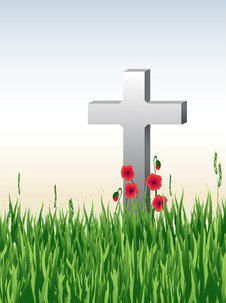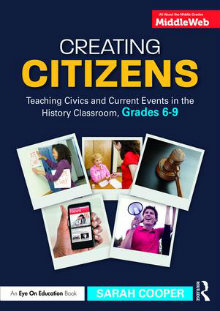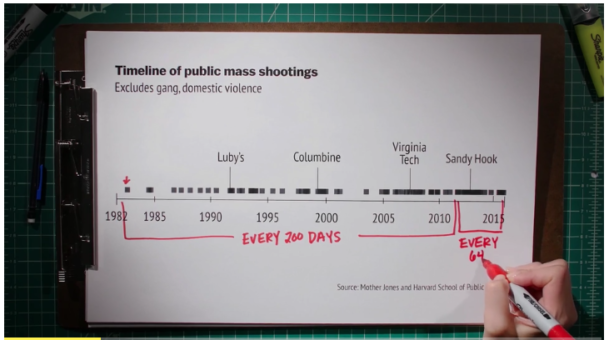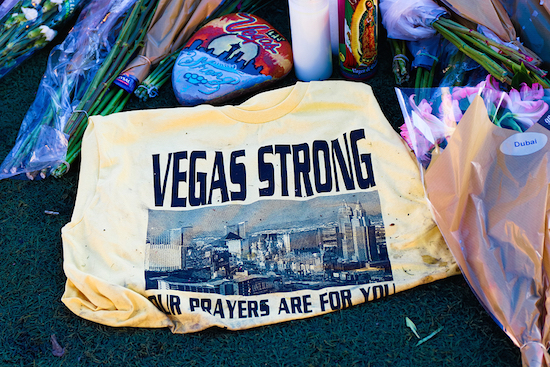Violence and Tragedy in Current Events Class
A MiddleWeb Blog

This is not a new or unique feeling. But it’s even harder than it used to be to find perspective, as I wrote about several years ago in the wake of depressing incidents at home and abroad.
Every day in my eighth-grade U.S. history class, we discuss current events in some way – and the sheer number of mass attacks in the United States this semester has pummeled us.
Charlottesville, Virginia, on August 13. Las Vegas on October 1. New York City on October 31.
Almost dutifully, we analyzed these acts of violence in class. I explained terms students should know, such as alt-right and domestic terrorism. I learned new terms myself, such as bump stock. I projected a map of Lower Manhattan to show students how close the Halloween attack was to the World Trade Center site.
Vocabulary, geography, politics. I used the attacks as teachable moments. What else can we do?
And I just about always ended by saying two things:
One: “Your generation needs to change this.”
Two: “Go home and hug the people you love a little tighter.”
Sometimes it’s just too much
Then, on November 5, the church shooting happened in Sutherland Springs, Texas. It wasn’t so out of the ordinary, as shootings go these days. It wasn’t even motivated by political, racial or religious issues, but rather by interpersonal disputes.

As I told the eighth graders, many of whom had already heard about the attack, “I just can’t come in on another Monday morning and talk with you about another mass shooting.”
I said I would probably talk about it later in the week, as we discovered more about the shooter’s motives. But I didn’t. I couldn’t. Instead, in the five minutes we spend at the beginning of each class on current events, I brought up Trump’s trip to Asia and then the elections across the country.
On that Friday, the day when each student can bring in a current events article about any topic, some of their pieces did talk about the shooting. Emily described the discussion over whether a memorial would be built in place of the church, and many students had information about the massacre’s details, as well as the controversy over whether to release a video of it.
Before class, one student had sent me a video from Vox on “America’s gun problem, explained in 18 charts.” I showed the video that Friday, cautioning that it leaned liberal in sections but adding that the statistics were accurate.
And going into the weekend I did feel better than I had on Monday.
Following the students’ interest in the topic helped me because I felt I was responding to their concern and curiosity, not stirring up anxiety about the shooting in a vacuum.
Their pieces also gave us the chance to analyze the kinds of reactions that are possible when faced with such horrors: the desire to memorialize either now or later, the debate over making a video public versus respecting the privacy of the families involved. Whenever I can direct the class toward analysis rather than pure feelings, it feels more productive, more oriented toward the future.
Yet analysis and curiosity can go only so far. The sadness that wells up after each of these atrocities can’t be pushed underground indefinitely. Next time we hear about news like this – for of course there will be a next time – I need to decide how to proceed.
Do I ignore the news in class, as I did for the better part of a week? Do I address it full-on once and then leave students to fill in the rest? Do I encourage that we turn to the side, focusing on different news stories that seem to have more of an impact and don’t make us feel as impotent?
My best approach right now might be to repeat to my students a truism from Fred Rogers. After a tragedy, he urged, “Look for the helpers.” And if they can be those helpers, so much the better.
Until next time.
Feature Image: Bigstock Editorial.
___________________________________________________________




































